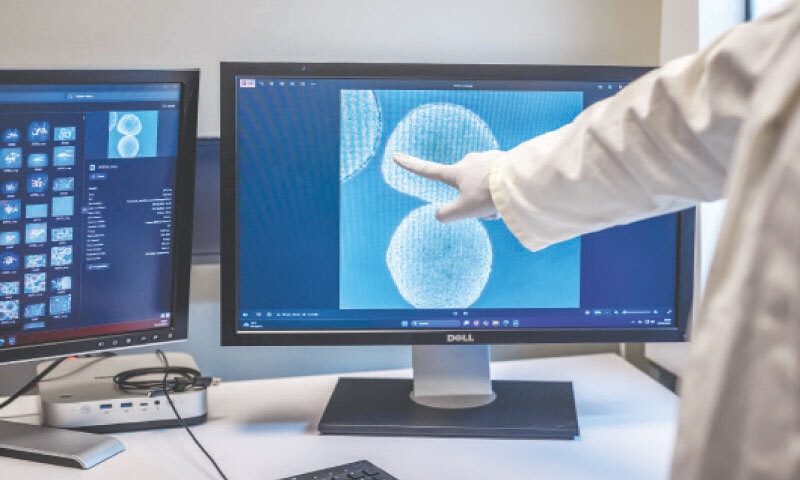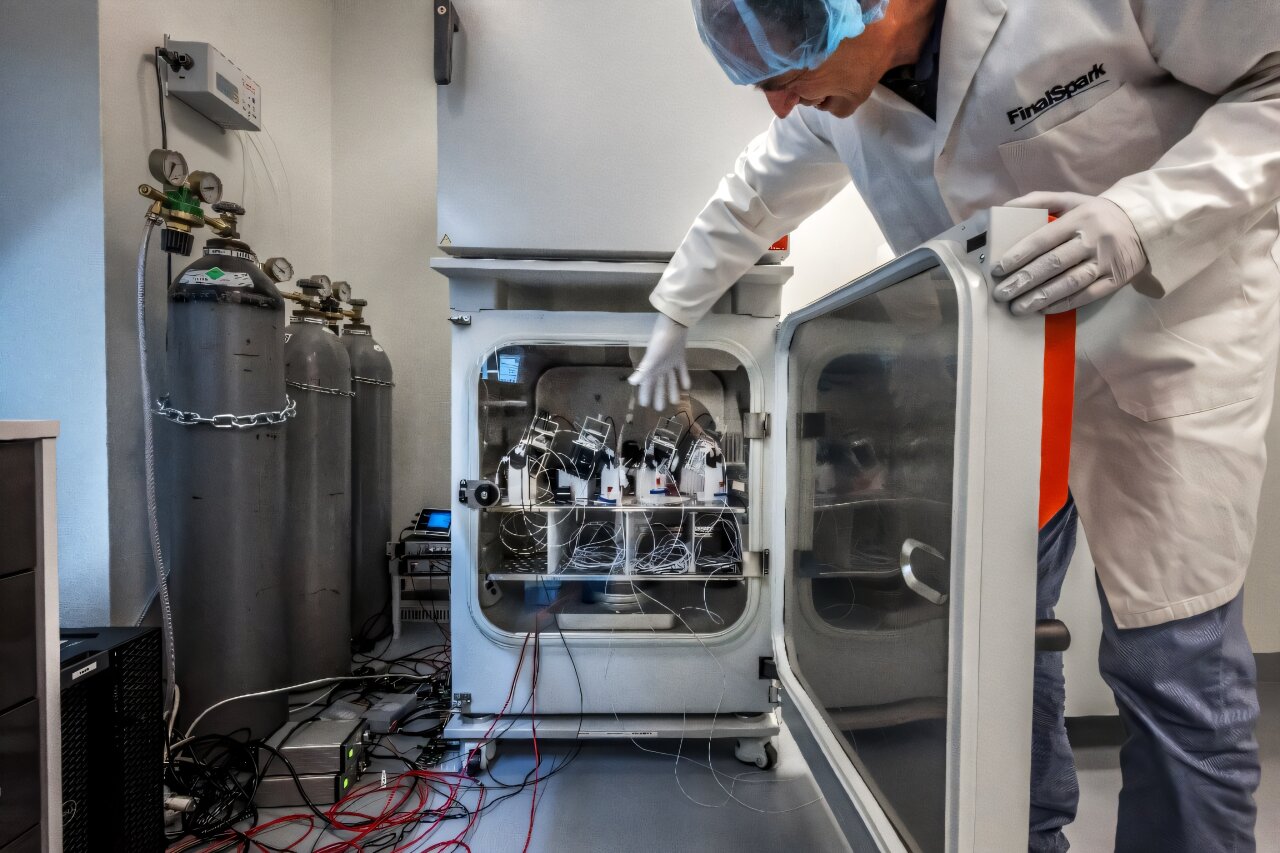In a quiet Swiss lab overlooking Lake Geneva, scientists are growing the future of computing — quite literally.
At start-up FinalSpark, co-founder Fred Jordan believes the next generation of processors won’t be built from silicon, but from living brain cells.
“Instead of trying to mimic the brain,” he says, “let’s use the real thing.”
These “bioprocessors” are made from human stem cells, reprogrammed into neurons.
They are bundled into millimeter-sized clusters called brain organoids — tiny blobs roughly the size of a fruit fly’s brain.
Electrodes connect to them, allowing scientists to send signals and watch the neurons “talk.”
Each reaction — a burst of electrical activity or silence — mimics the binary ones and zeroes of digital computing.
Brains Meet Machines
The promise? Massive energy savings. “Biological neurons are one million times more energy-efficient than artificial ones,” Jordan notes.
It’s a bold claim in an era when AI’s power hunger has tech giants flirting with nuclear energy.

Researchers are already experimenting: one robot even used an organoid “brain” to read Braille.
Yet challenges persist — organoids die, data is messy, and consciousness remains a philosophical minefield.
Back in the lab, when the fridge-sized incubator door opens, the organoids inexplicably fire up.
Jordan just smiles. “We still don’t know why,” he says. Maybe, just maybe, they know more than we think.





